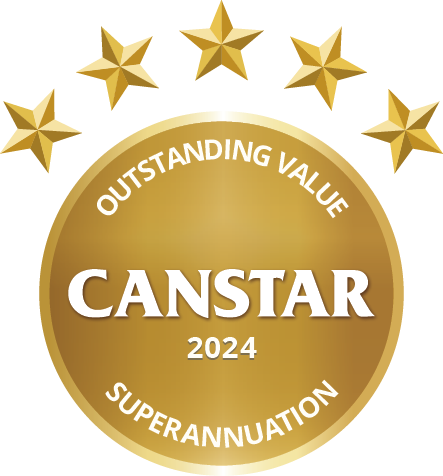As you approach retirement, you may find that living in a family home is no longer practical or may not suit your needs.
Downsizing from the family home is a popular way to scale back and access money for many Australians. The Downsizer Contribution Schemes allows you to use proceeds from the sale of your home to boost your super balance and increase your income in retirement.
If you have money left from the sale of your home after you buy a new place, you may be able to contribute up to $300,000 to your super.*
The basics
- What is the Downsizer Contribution Scheme?
Downsizing is the process of selling your current family home in favour of a smaller home. However, you don’t have to buy a smaller house or even purchase another property to qualify for the Downsizer Contribution Scheme
- How does the Downsizer Scheme work?
The scheme allows you a once-off opportunity to significantly increase your super balance beyond the usual contribution limits. You can do this by using the proceeds from the sale of your family home and investing it tax-free into your super account – which can help fund your retirement for longer.
As with most things, there are pros and cons to downsizing.
- What are the benefits downsizer contributions?
- Are you eligible?
There are some eligibility criteria you and your partner need to meet, including:
- You must be 55 or over when you contribute (if you’re making a couple’s contribution, you must both be 55 or over).
- You (or your spouse) must have owned the home for ten years or more.
- You can’t have made a downsizer contribution before.
- The contribution to your super account(s) must be made within 90 days of receiving the sale proceeds (usually the settlement date).
- The maximum contribution
Advantages of downsizing
- You can buy a new home that better suits your current and future needs, whether that’s accessibility (with one floor or a lift), a smaller garden or less space to clean and maintain, or a more convenient location closer to shops or family and friends.
- Your electricity or gas bills may be lower as you use less energy to warm or cool a smaller house.
- You could save time and money on travel by being closer to shops, friends, family and social activities.
- You can quickly boost your retirement savings.
Things to consider before downsizing
- The cost of selling may outweigh the potential profit — factor in costs such as tidying up your current house, removalist, real estate agent and legal fees.
- There may also be costs for purchasing a new home, such as stamp duty, building and pest inspections.
- Decluttering, packing, and moving can be overwhelming. Consider your emotional and physical health before moving.
- What kind of property will you be buying? Less space doesn’t necessarily mean you’ll be paying less. Do your research on both the location and the type of house you want to buy
- Selling the family home can be emotional. Your home holds many memories, and you might also move away from your friends and network.
- Reducing the proportion of your overall wealth invested in your home could affect your eligibility for the Government’s Age Pension or other benefits such as the Pensioner Concession Card.
Getting help
You can request an appointment with a Vision Super Financial Planner to learn about eligibility and contribution caps. Bookings can also be made by calling 1300 300 820.
Disclaimer
This is general information only that doesn’t take into account your objectives, financial situation or needs, so before acting on it, consider whether it is appropriate for you having regard to your own circumstances and obtain the appropriate Vision Super Product Disclosure Statement (PDS) and Target Market Determination (TMD) available from www.visionsuper.com.au before making any other decisions about Vision Super. Vision Super products are issued by Vision Super Pty Ltd ABN 50 082 924 561 AFSL 225054 RSE licence number L0000239 as the Trustee of the Local Authorities Superannuation Fund ABN 24 496 637 884.




